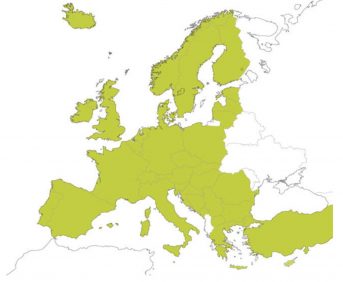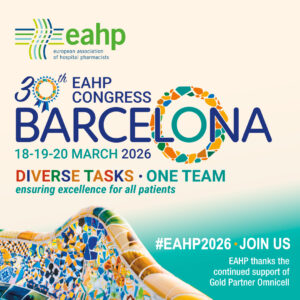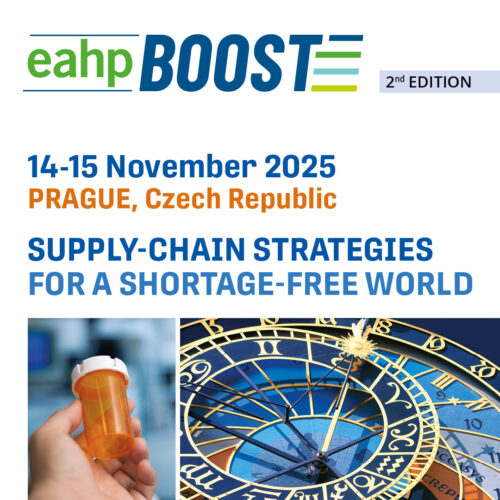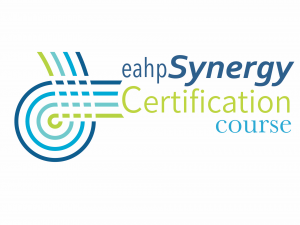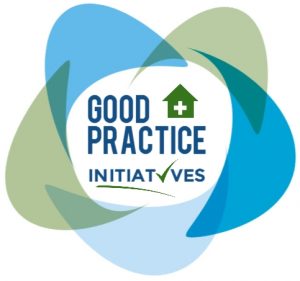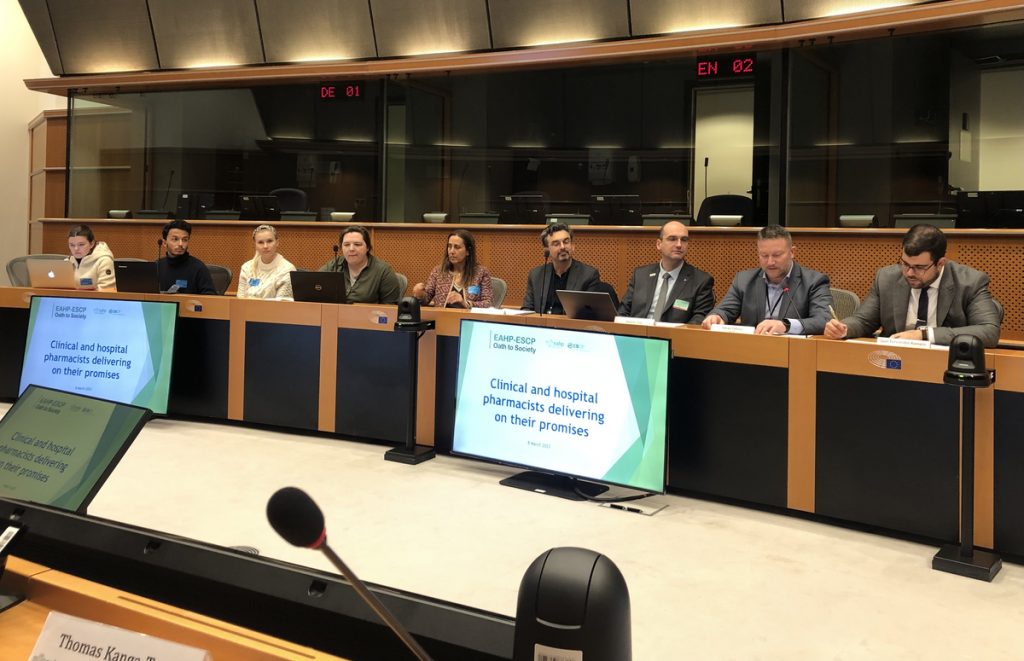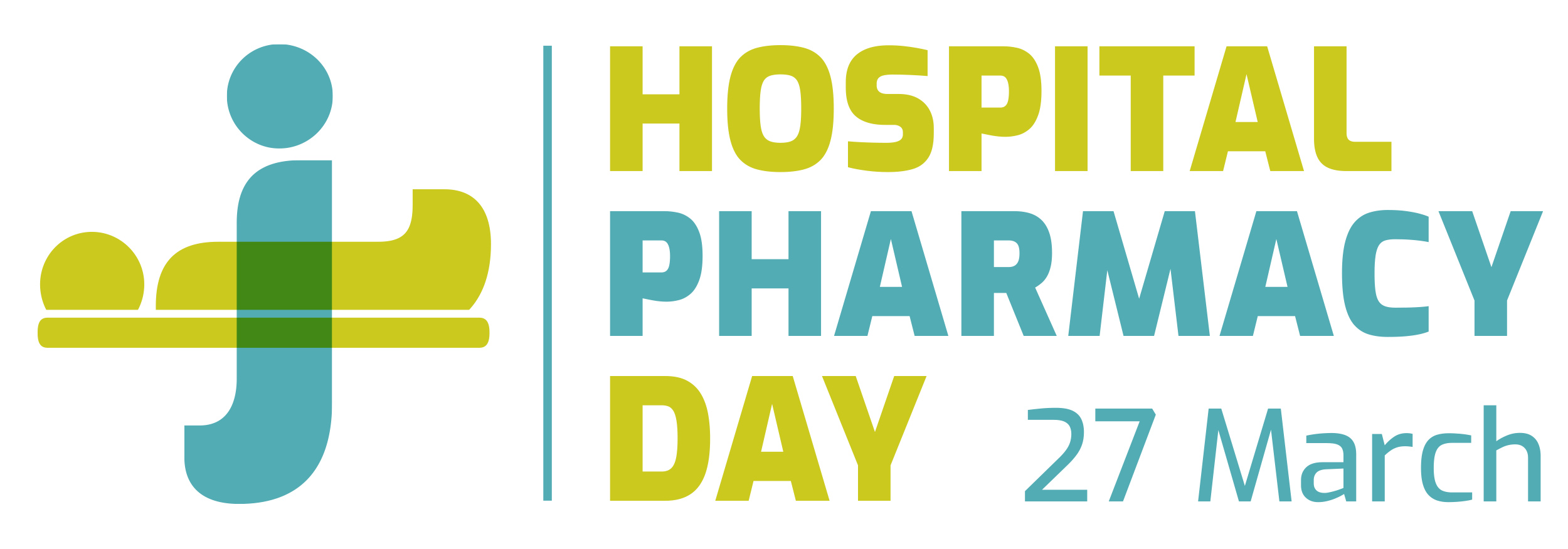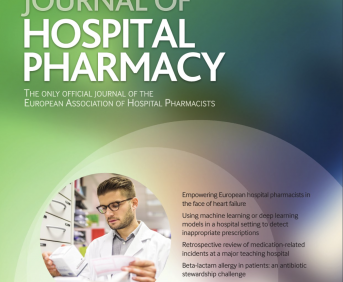PHARMACEUTICAL ALGORITHMS TO PERFORM MEDICATION PHARMACEUTICAL ANALYSIS (submitted in 2019)
Pdf

European Statement
Patient Safety and Quality Assurance
Author(s)
Arnaud Potier, Béatrice Demoré, Alexandre Dony, Emmanuelle Divoux, Emmanuelle Boschetti, Laure-Anne Arnoux, Cédric Dupont, Jean-Christophe Calvo, David Piney, Virginie Chopard, Nathalie Cretin, Edith Dufay
Why was it done?
Drug iatrogenia costs global health systems $52 billion annually. The third global patient safety challenge aims at reducing the global burden of iatrogenic medication-related harm by 50% within 5 years [1]. Pharmaceutical analysis is a fundamental activity, a regulatory obligation in many countries but remains a challenge. This practice is highly variable. A graphic definition of the target pharmaceutical analysis has been formalised in December 2017 which sets the basis for its digitalisation, effectively implemented since January 2019. The aim is to build a corpus of the most relevant PA to facilitate clinical pharmacist practice.
What was done?
A computerised clinical pharmacy tool is integrated into the health information system of our group of hospitals (5000 beds) to promote efficiency of pharmaceutical analysis in order to improve patient safety. Pharmaceutical algorithms (PA) are conceptualised to improve drug related problems (DRP) detection and their resolution through pharmaceutical intervention (PI) according to a defined conduct to be held: anamnesis of subjective and objective elements of appreciation, DRP characterisation and PI transmission. Pharmaceutical analysis is performed by the use of PharmaClass® (Keenturtle). This software has been interfaced with 5 health data flow of two health facilities (1000 of the 2000 beds were tested): identity and patient flow, medication data, laboratory results examination, medical history, physiological constants. PA are partially encoded as rules in Pharmaclass® that issues alerts analysed by a pharmacist.
How was it done?
Health data are lacking of semantic interoperability which Pharmaclass® aims at overcoming from Electronical health record (EHR) queries in real time. A corpus of PA has been structured integrating the conduct to be held. PA were created by modeling the pharmaceutical experiment with the thread of criticality. PA were validated by consensus.
What has been achieved?
80 PA were encoded into Pharmaclass®: 40 are targeting serious adverse drug events. 1516 alerts were analysed and 539 PI transmitted during the 9-month test period.
What next?
This practice is applicable to any pharmaceutical analysis that uses data from an EHR. Clinical pharmacy societies should host and take care of updating corpus of PA. Its educational interest should be exploited. A European interest group for artificial intelligence in clinical pharmacy is being created.



